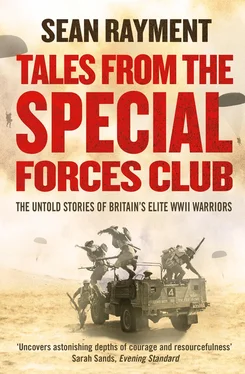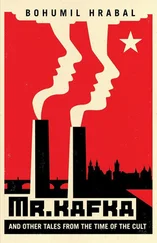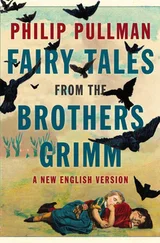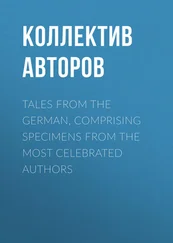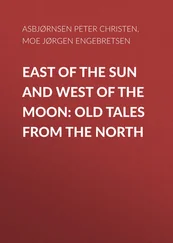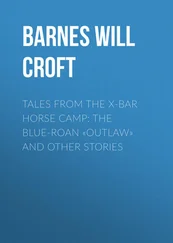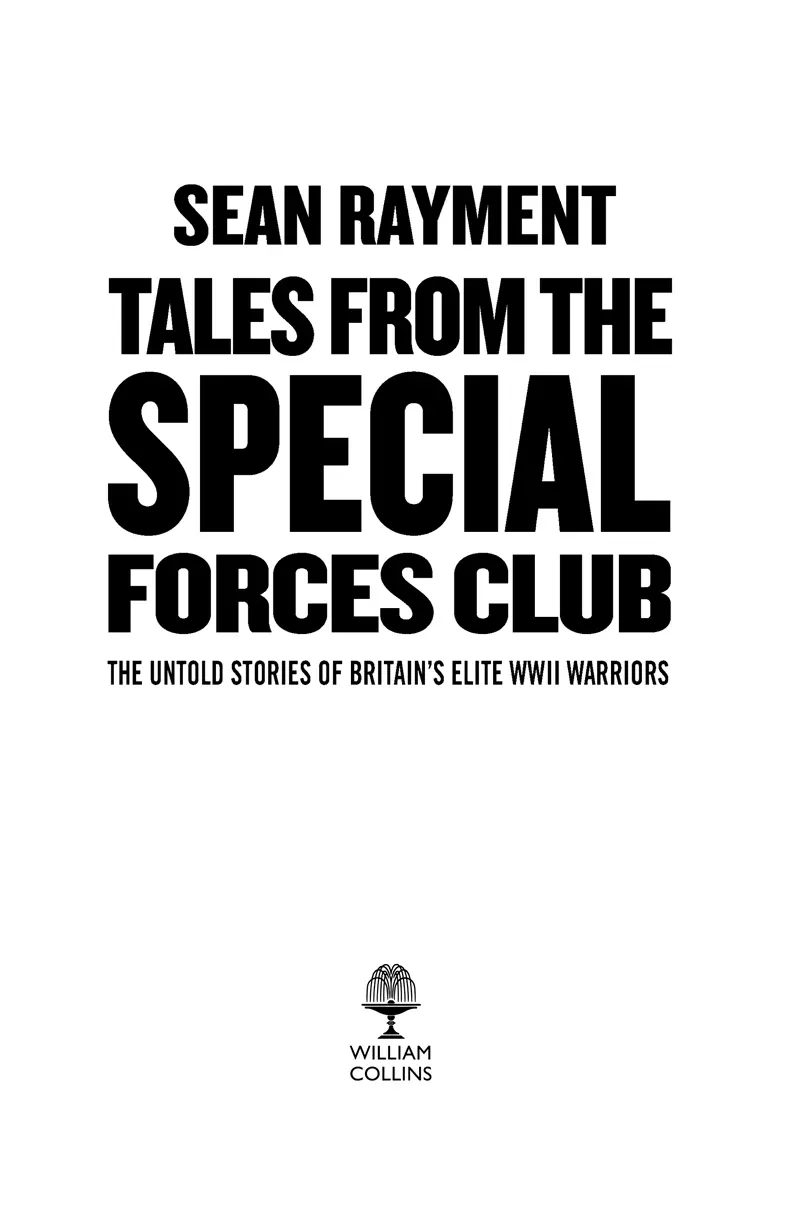
In memory of all the members of the special forces who sacrificed their lives during the Second World War For Luca and Rafe Contents Contents Cover Title Page In Memory Dedication Introduction 1 The Secret Life of Noreen Riols 2 The Two Wars of Jimmy Patch 3 The Greatest Raid of All 4 ‘The Best Navigator in the Western Desert’ 5 Popski’s Private Army 6 The Moonlight Squadrons 7 Jungle Warfare behind Enemy Lines 8 The Jedburgh Teams 9 ‘We weren’t bloody playing cricket’ 10 A Radio Operator at War Acknowledgements Picture Section Copyright About the Publisher
Cover
Title Page
In Memory In memory of all the members of the special forces who sacrificed their lives during the Second World War For Luca and Rafe Contents Contents Cover Title Page In Memory Dedication Introduction 1 The Secret Life of Noreen Riols 2 The Two Wars of Jimmy Patch 3 The Greatest Raid of All 4 ‘The Best Navigator in the Western Desert’ 5 Popski’s Private Army 6 The Moonlight Squadrons 7 Jungle Warfare behind Enemy Lines 8 The Jedburgh Teams 9 ‘We weren’t bloody playing cricket’ 10 A Radio Operator at War Acknowledgements Picture Section Copyright About the Publisher Cover Title Page In Memory Dedication Introduction 1 The Secret Life of Noreen Riols 2 The Two Wars of Jimmy Patch 3 The Greatest Raid of All 4 ‘The Best Navigator in the Western Desert’ 5 Popski’s Private Army 6 The Moonlight Squadrons 7 Jungle Warfare behind Enemy Lines 8 The Jedburgh Teams 9 ‘We weren’t bloody playing cricket’ 10 A Radio Operator at War Acknowledgements Picture Section Copyright About the Publisher
Dedication
Introduction
1 The Secret Life of Noreen Riols
2 The Two Wars of Jimmy Patch
3 The Greatest Raid of All
4 ‘The Best Navigator in the Western Desert’
5 Popski’s Private Army
6 The Moonlight Squadrons
7 Jungle Warfare behind Enemy Lines
8 The Jedburgh Teams
9 ‘We weren’t bloody playing cricket’
10 A Radio Operator at War
Acknowledgements
Picture Section
Copyright
About the Publisher
When I joined the Parachute Regiment in 1986 as a young officer I entered a world where the exceptional was commonplace and every soldier, no matter what rank, was always expected to perform to the highest possible standard.
Back then, my battalion, 3 Para, was still basking in the success of the Falklands War and was rightly regarded as one of the best, certainly one of the toughest infantry battalions in the entire British Army. It was an elite organisation, full of men who, just four years earlier, had marched across the demanding terrain of East Falkland and fought the Battle of Mount Longdon with bullet and bayonet.
I was a fresh-faced, inexperienced, 24-year-old lieutenant expected to take command of 27 hardened paratroopers, half of whom had served in the Falklands, where they had taken life and seen life taken.
Life in 3 Para was an unforgiving and at times humourless existence, where only professional excellence mattered and those unfortunate souls who could not deliver the goods fell by the wayside – and many did.
As a young platoon commander I was cut a bit of slack, but not much. While it was accepted that I might make mistakes, I was also expected to learn from them – second chances were a rarity. But with the help and understanding of a good but tough sergeant and excellent soldiers I survived that initial apprenticeship. Anyone who wants to serve in the Parachute Regiment, irrespective of rank, class, colour or creed, must pass the gruelling pre-parachute selection course, and that creates a special bond of mutual respect between the officers and other ranks.
But while we in the Paras rightly regarded ourselves as an elite force, none of us would have referred to ourselves as ‘special forces’. That title was reserved for a very select few, those within the Army who were prepared to take another step and test themselves further.
In the late 1980s the special forces consisted of the Special Air Service, the Special Boat Service, the Force Research Unit, which ran agents in Northern Ireland, and the 14th Intelligence Company, a cover name for specially trained covert operatives who would spy on and monitor some of the most dangerous members of the IRA.
Those who undertook the various selection courses to join one of these special units were either successful and were rarely seen again or would return, having failed to make the grade for some reason or another, perhaps feeling sheepish, but admired by most for having the guts to give it a go.
Although I was obviously aware of the existence of the special forces, it wasn’t until I served in Northern Ireland that I met members of those units in the flesh. In 1989, 3 Para was posted to Palace Barracks in Belfast on a 24-month residential tour. After a brief period training recruits at the Parachute Regiment depot I was posted to Belfast, where I became the second-in-command of B Company, 3 Para. Some weeks later I was offered the job of Close Observation Platoon (COP) commander, a position which was widely regarded as the best job for any young officer in Northern Ireland. COPs were usually composed of soldiers from the reconnaissance platoons of infantry battalions and can perhaps be described as being at the lower end of the covert intelligence-gathering operation in Northern Ireland. The Belfast COP was effectively an autonomous unit which, although housed within Palace Barracks just outside Belfast, was under the control of the Belfast Tasking and Coordination Group, known as TCG, a part of the Royal Ulster Constabulary’s Special Branch. The Belfast TCG consisted of two experienced warrant officers from the SAS and 14 Int, together with a senior Special Branch detective.
That 12-month period also instilled within me a lifelong interest in the special forces and those men and women who have served in their ranks. But after five years’ Army service, during which time I had reached the rank of captain, I decided to resign my commission. Although I enjoyed the Army, I was never a ‘lifer’ and wanted to explore pastures new. In 1991 I embarked on a new career in journalism. By the mid-1990s I was reporting on the Balkans conflict, and I soon began to specialise in war reporting – a role which took me back to Northern Ireland and on to Iraq, Afghanistan, the Gulf, Africa, the Middle East and Guantanamo Bay in Cuba.
Western governments had hoped that the end of the Cold War would deliver an era of global stability, but instead a much more pernicious threat began to emerge with the rise of militant Islam across much of the Middle East, a phenomenon which would ultimately lead to the 9/11 attacks and the concept of ‘asymmetric warfare’.
Those units in the British Army best equipped to deal with this new threat were the special forces, namely the SAS, the SBS, the Special Reconnaissance Regiment and the Joint Communications Unit, the last two being formed from units which had previously existed as the 14th Intelligence Company and the Force Research Unit in Northern Ireland, as well as the covert civilian agencies such as MI5, MI6, Government Communications Headquarters (GCHQ) and the Metropolitan Police’s anti-terrorist squad.
For reasons of security, virtually all SF operations are classified, just as they were during the Second World War. But every so often a diamond emerges from the dust and allows one to understand why the special forces are so, well, special.
Читать дальше
